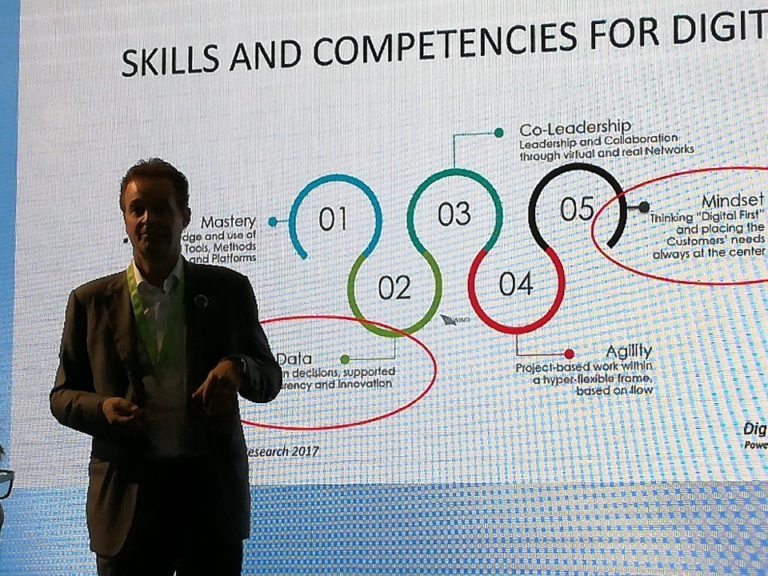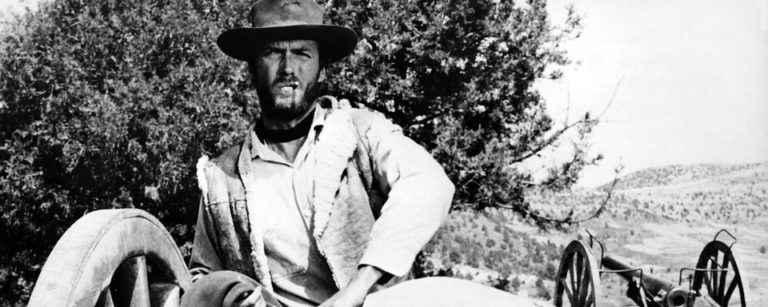Knowing your landscape in turbulent times helps to create a road map through which you can lead your team
Turbulence can come from both internal and external forces. It can be predictable – such as high demands, challenges, conflicts between colleagues in the workplace, – or highly unexpected, such as the crisis created by COVID 19.
In times of turbulence, situations can quickly get out of hand, due to exacerbation from personal stress and fatigue or from incorrect assumptions. The rapid spread of information and disinformation on social media can amplify the magnitude of turbulence.
Riding through these storms can be difficult. No wonder that 93% of managers feel fatigue or 44% suffer from high stress during tough situations. In such cases, the risk for mismanagement can escalate.
A leader has the most important responsibility within a performance chain. He or she has to always know his landscape, understand changes and know how to navigate them in the best safe way to support and achieve success for a group, manage what can happen behind the scene – without projecting personal fears and anxieties onto the team.
Navigating turbulent times means much more than just inspiring and motivating
In a turbulent world where stress and anxiety can grow exponentially within an organisation, leaders need to train their teams to anticipate, cope with situations of high stress.
When embarking on a cruise ship, you are called to participate in a rescue exercise. In professional sports, athletes spend most of their time training and preparing to perform at their best at the right time. Firefighters go through all kinds of potential scenarios to be prepared for the unknown. Golf players visualize the ball course before hitting it.
To be most effective, leaders have to possess pre-trained skills to perform at their best in real-life turbulent situations. They need to know through practice how to handle unexpected situations. No matter how stressed they may feel personally, they always need to be ready to support others when and if it’s necessary.
From these examples, we can see that leaders should be given more time to understand their “landscape stressors” and practice them in simulated scenarios outside the office. This will help them to teach and train cognitive, creative and controlled decision-making to their teams before turbulent times arise. In such situations, we can focus on what is most important at the time, and how we communicate within our teams.
Strong communication skills, and the ability to stay calm, listen, inspire and motivate are but a few qualities a good leader should have. These qualities inspire trust from others, and allow teams to feel comfortable and confident under leaders who demonstrate these traits.
In short, trust is the ability to make people feel safe and willing to confide in you. Leaders need to understand how to foster trust, show empathy and give advice, all whilst maintaining personal boundaries.
When team members feel safe with each other, they are more able to open up, take appropriate risks, and expose professional vulnerabilities, in order to improve them.
This is also fundamental to welcome back and support of a team member been on sick leave. Ensuring their transition into work is also to know their landscape and show them attention will make a major difference for the employee being recognized after a sick leave and asked for if any help is needed to a successful restart.
Great leadership starts with a profound understanding of the Leading-Self.
The Leading-Self concept is more important today than ever. It’s about having a clear purpose and meaning in what you do, understanding your environment and its conditions, being ready to act and performing with full engagement. It also means allocating time to refuel your physical and mental energy daily, and maintaining a good level of self-health.
In my work with corporations, we often introduced the concept of the “Leader As A Coach”. A leader with a coaching approach leads to more cohesiveness, innovation and creative problem solving, with better efficiency from team members.
A “Leader As A Coach” approach can be achieved effectively with a tool that can monitor the team’s job stress and performance levels, and facilitate processes that allow others to work effectively on the most important concerns. It helps team members to more clearly understand expectations and know what they are accountable for – which will increase job motivation, job performance and satisfaction. It also fosters relationships that produce better results, and encourages longer engagement with the company.
Author : Chris Christiansson, CEO of TalisLife/Human Health technologies Ltd.





